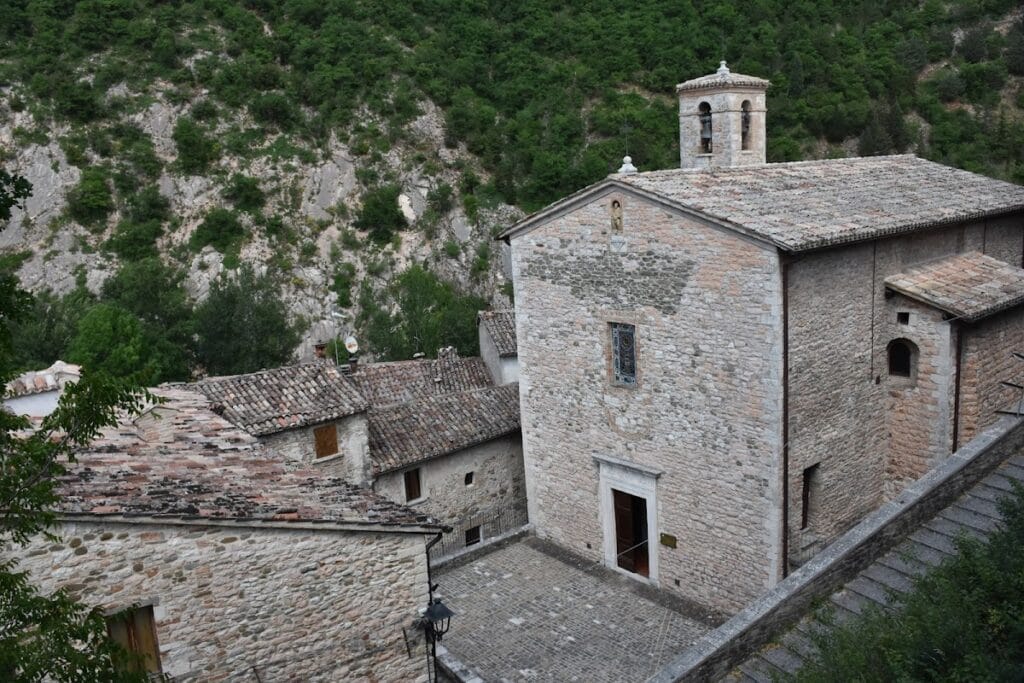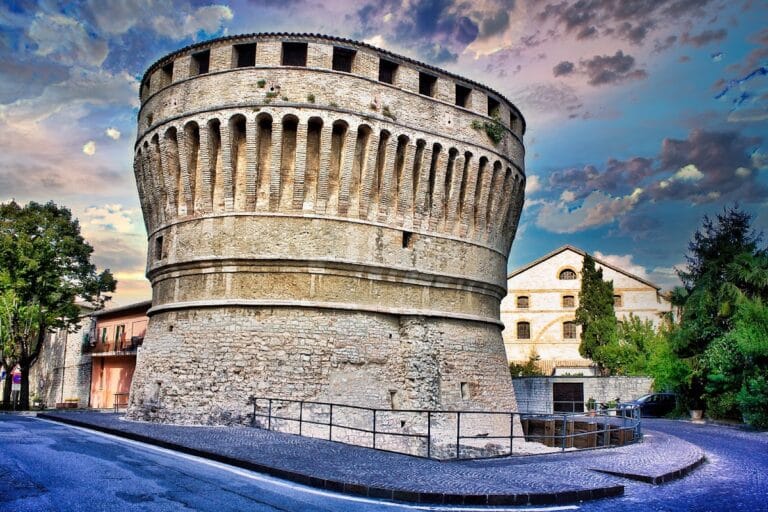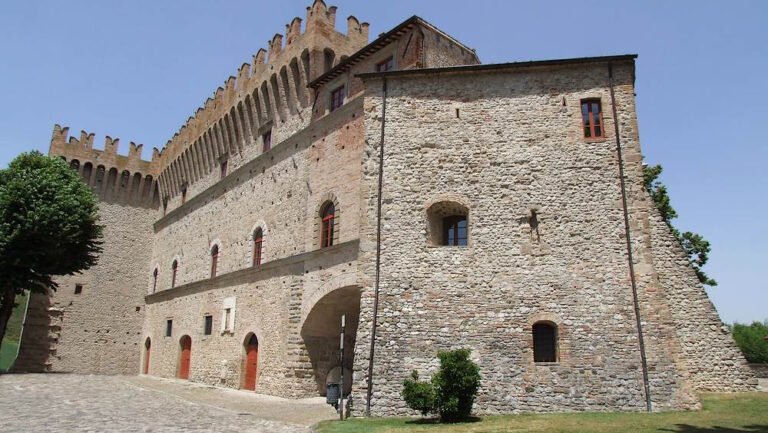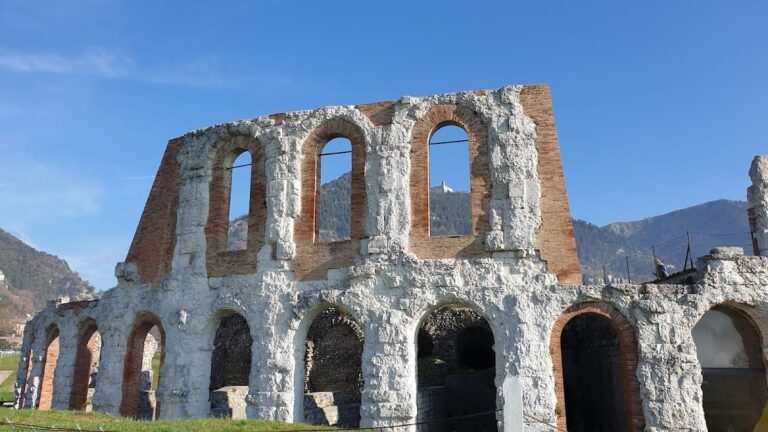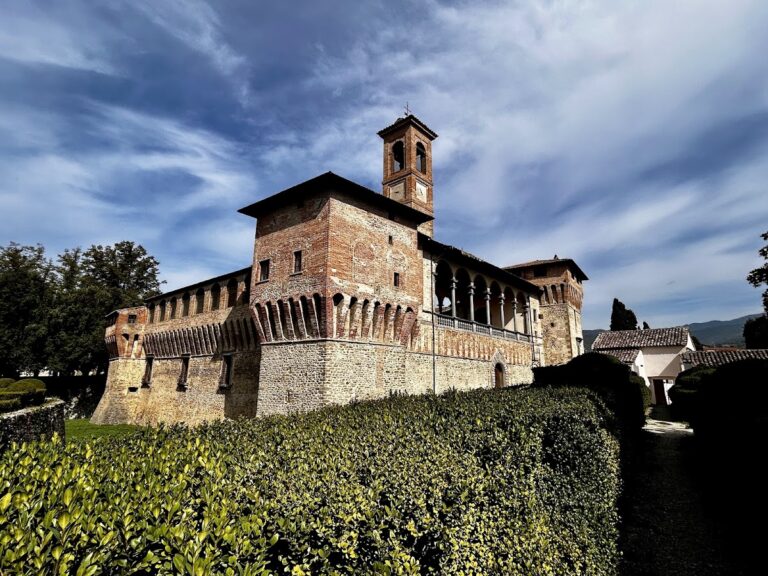Castle Brancaleoni: A Historic Renaissance Fortress in Piobbico, Italy
Visitor Information
Google Rating: 4.6
Popularity: Low
Official Website: www.castellobrancaleoni.it
Country: Italy
Civilization: Unclassified
Site type: Military
Remains: Castle
History
Castle Brancaleoni is located in the town of Piobbico in modern Italy. It was originally built in the 13th century by the Brancaleoni family, who ruled over the Piobbico territory from 1213 until 1816.
During the late 15th century, the castle’s courtyard was designed and constructed under the direction of Count Guido Antonio I Brancaleoni, who served as a captain for Duke Federico III da Montefeltro of Urbino. This period marked an expansion that incorporated Renaissance architectural features, reflecting the influence of the regional court.
Between 1573 and 1587, the fortress underwent a significant transformation ordered by Counts Guido and Roberto Brancaleoni. The structure was remodeled from a defensive stronghold into a refined Renaissance residence, adapting the medieval fortress to a more elegant and residential function for the family.
Following its use through the centuries, the castle experienced serious interior damage and neglect after the events of the last war. In recent years, restoration efforts have been undertaken to restore the castle’s physical condition and historical features, allowing its continued presence in the town of Piobbico.
Remains
The castle complex extends along a ridge overlooking Piobbico and includes several buildings incorporated into the original 13th-century core. The main entrance is marked by a tower, which is notable for its clock mechanism that moves in a clockwise direction, a distinctive characteristic of the fortress.
At the heart of the castle lies the honor courtyard, constructed in the 1470s to 1480s. This rectangular courtyard is bordered by a portico supported by Doric columns, a style closely reminiscent of the courtly architecture found in the ducal palace of Urbino. The design reflects the Renaissance influence brought about during the tenure of Count Guido Antonio I Brancaleoni.
Within the castle is a private chapel dedicated to Saint Charles Borromeo, serving the religious needs of the noble family. One of the castle’s most striking interior features is the “Greek room,” the private chamber of Count Antonio II. Painted in 1585 by Giorgio Picchi, a sculptor from Urbania, this room contains frescoes illustrating scenes from Greek history and mythology.
The castle also preserves stucco decorations crafted by artists from the school of Federico Brandani, a notable figure who passed away in 1575 before completing the work. Further interior embellishments include frescoes attributed to Federico Zuccari, which celebrate the Brancaleoni family, especially Count Antonio II and Countess Laura Cappello, depicting them surrounded by their descendants.
Today, Castle Brancaleoni houses the Brancaleoni Civic Museum and maintains a permanent exhibition featuring clothing and jewelry from the Alessandro Righi Luperti collection, connecting the historical structure to contemporary cultural heritage.


